Did you know 86% of buyers will pay more for a great customer experience (CX)? It’s true.
Creating customer loyalty is crucial for success, and accurately measuring the impact of your customer experience investments is essential. The answer? The right customer experience technology.
Here, you’ll get up to speed on the basics of CX technology, its benefits, helpful solutions, and implementation strategies to turn customer journeys into measurable results.
Take the AI Maturity Assessment
In just 5 minutes, get your personalized score and recommendations to move forward with AI.
What Is Customer Experience (CX) Technology?
Customer experience (CX) technology encompasses the tools and solutions businesses use to manage, analyze, and optimize every customer interaction. The goal is to enhance customer satisfaction, foster loyalty, and drive business growth. This includes both front-end (customer-facing) and back-end (internal) systems.
CX technology supports a customer-centric strategy; it doesn’t replace it. It’s important to understand your customers’ expectations and pain points before investing in customer experience technology.
How Customer Experience Technology Works
Customer experience management technology provides the framework and tools to manage, analyze, and optimize every customer interaction. It’s a multi-faceted approach integrating several important components:
- Data collection and unification: CX tools gather customer data from all touchpoints (website, purchases, support, social media, etc.). Tools like customer data platforms (CDPs) consolidate this fragmented data into a single, unified customer profile — a “single source of truth.”
- Analysis and insight generation: With unified data, CX technology uses analytics (including AI) to identify patterns, trends, and insights into customer preferences, behaviors, and pain points. Customer journey analytics is often used.
- Personalization and orchestration: Based on these insights, customer experience technology enables personalized interactions and orchestrates the customer journey. This includes targeted marketing, personalized recommendations, proactive support, and omnichannel consistency, using tools like unified communication channels and omnichannel communication systems.
- Feedback loop and continuous improvement: Customer experience technology facilitates collecting and analyzing customer feedback (through surveys, reviews, etc.). Voice of Customer (VoC) platforms are key, driving continuous improvement.
- Automation and efficiency: AI-powered chatbots automate routine tasks and interactions.
- Relationship building: Knowledge management systems, CRMs, customer communities, and social media nurture relationships.
CX technology creates a cycle of data collection, analysis, action, and feedback, all aimed at delivering personalized, satisfying, and seamless customer experiences. It shifts the focus from reactive problem-solving to proactive engagement and continuous improvement.
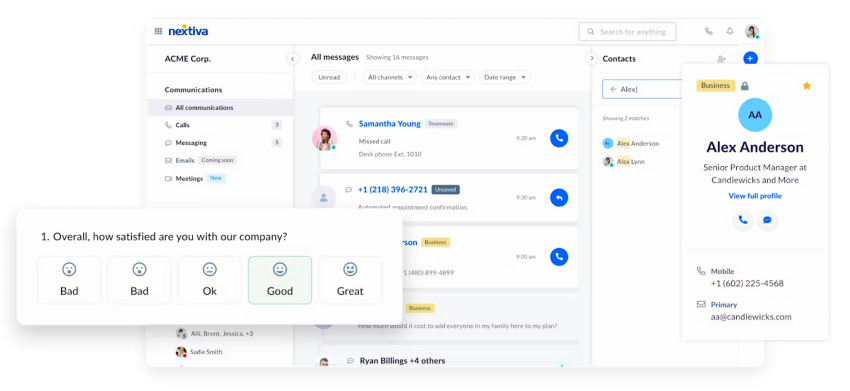
Benefits of Customer Experience Technology
Customer experience technology isn’t just a collection of tools but an investment in your customers and your business’s future. Here are some key benefits of adopting technology for customer experience.
1. Enhanced customer satisfaction and loyalty
CX technology enhances customer satisfaction by enabling personalized interactions, fast support, and seamless journeys across communication channels. Personalized customer experience directly translates to higher customer satisfaction (CSAT) scores, and loyal customers, preventing customer churn and improving customer retention.
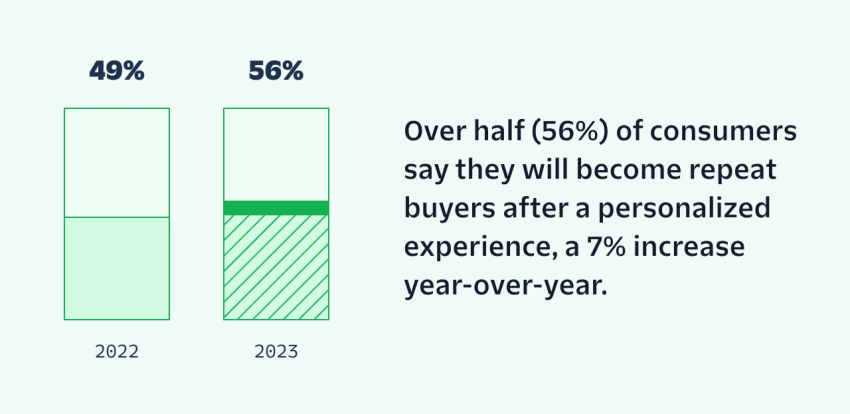
2. Better data-driven insights
Customer experience platforms provide key insights into customer behavior, preferences, and feedback. Valuable customer data supports informed decisions, optimized product development, effective marketing campaigns, and sophisticated service offerings — all tailored to customer expectations and needs.
3. Improved operational efficiency
CX tech handles routine inquiries instantly, allowing customer service teams to focus on complex issues. Automation tools, like intelligent chatbots and knowledge bases, enable customer self-service, reduce response times, and improve service quality.
4. Business growth and increased revenue
With the right customer experience software, personalized recommendations, targeted offers, and proactive engagement all improve. Businesses see higher conversion rates and a boost in customer lifetime value (CLTV). Happy customers become brand advocates and drive organic growth.
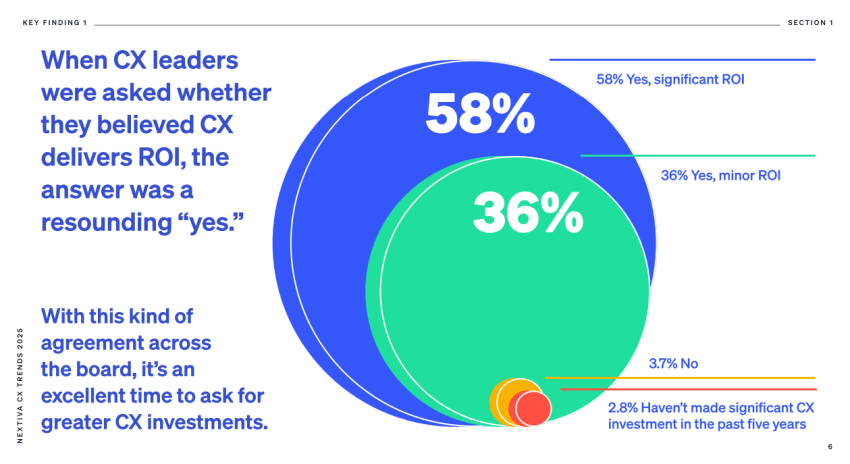
5. Enhanced brand reputation
Basic customer engagement doesn’t cut it anymore. Customer experience technologies drive customer engagement and enhance your brand’s impact with strategies like:
- Seamless omnichannel experiences: CX tools ensure consistent customer experiences across all channels.
- Precision-targeted marketing: Deep customer data helps craft hyper-personalized campaigns.
- Proactive social listening & engagement: Real-time social listening allows you to respond swiftly to feedback and address concerns.
Key Customer Experience Technologies
Customer experience technology is a broad field, but several core categories excel in building a customer-centric business. Understanding these categories is the first step to building a robust CX technology stack.
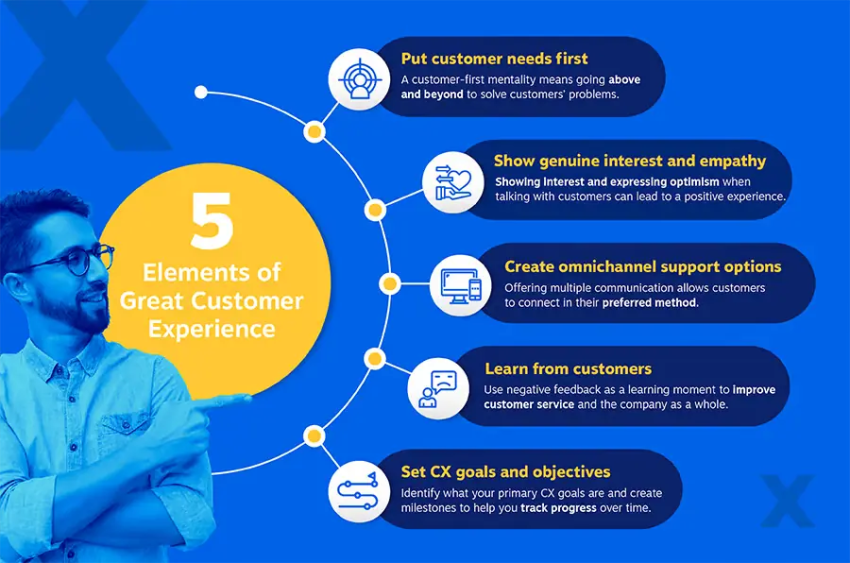
1. Customer journey mapping
Customer journey mapping tools visually represent the customer experience across all touchpoints, from initial awareness to post-purchase interactions. Unlike customer relationship management systems (CRMs), which primarily focus on transactions, customer journey mapping focuses on the process and experience from the customer’s perspective, highlighting pain points, moments of delight, and opportunities for improvement.
This visual, holistic view enables businesses to identify areas of friction, streamline processes, and design more customer-centric experiences. By breaking down silos between departments, customer Journey Mapping ensures everyone understands the customer’s complete journey, promoting better internal alignment and a more cohesive customer experience. The map serves as a shared understanding, facilitating collaboration and data-driven decision-making.
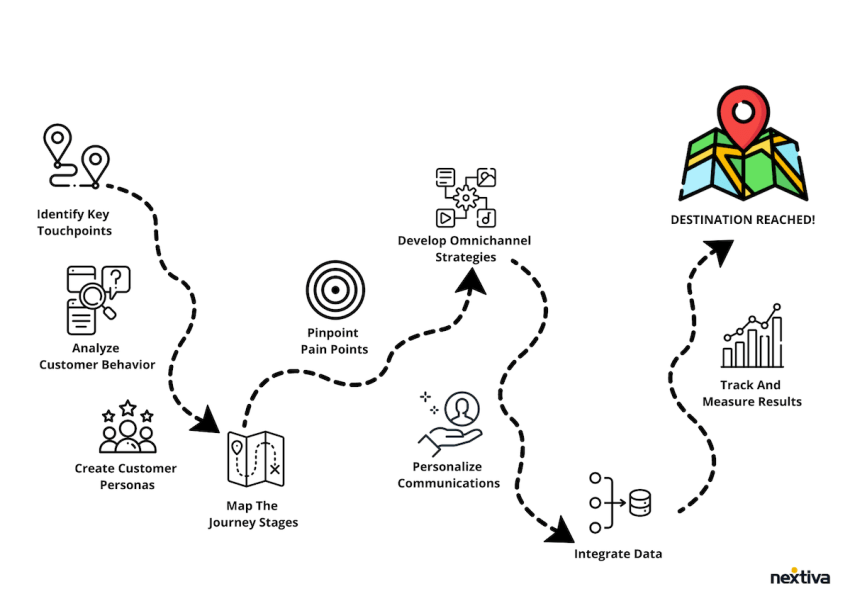
2. Omnichannel platforms
Omnichannel platforms are the technological backbone for creating seamless, consistent, and superior customer experiences across key customer touchpoints — email, phone, live chat, social media, SMS, in-app messaging, and in-person interactions. These systems ensure customers can effortlessly connect with your business through their preferred channels, without experiencing frustrating repetitions or inconsistencies when switching between communication methods.
Key omnichannel features include centralized conversation history and intelligent routing. Omnichannel platforms encompass a range of solutions, such as unified communication platforms, Contact Center as a Service (CCaaS), social media management tools, and marketing automation systems.
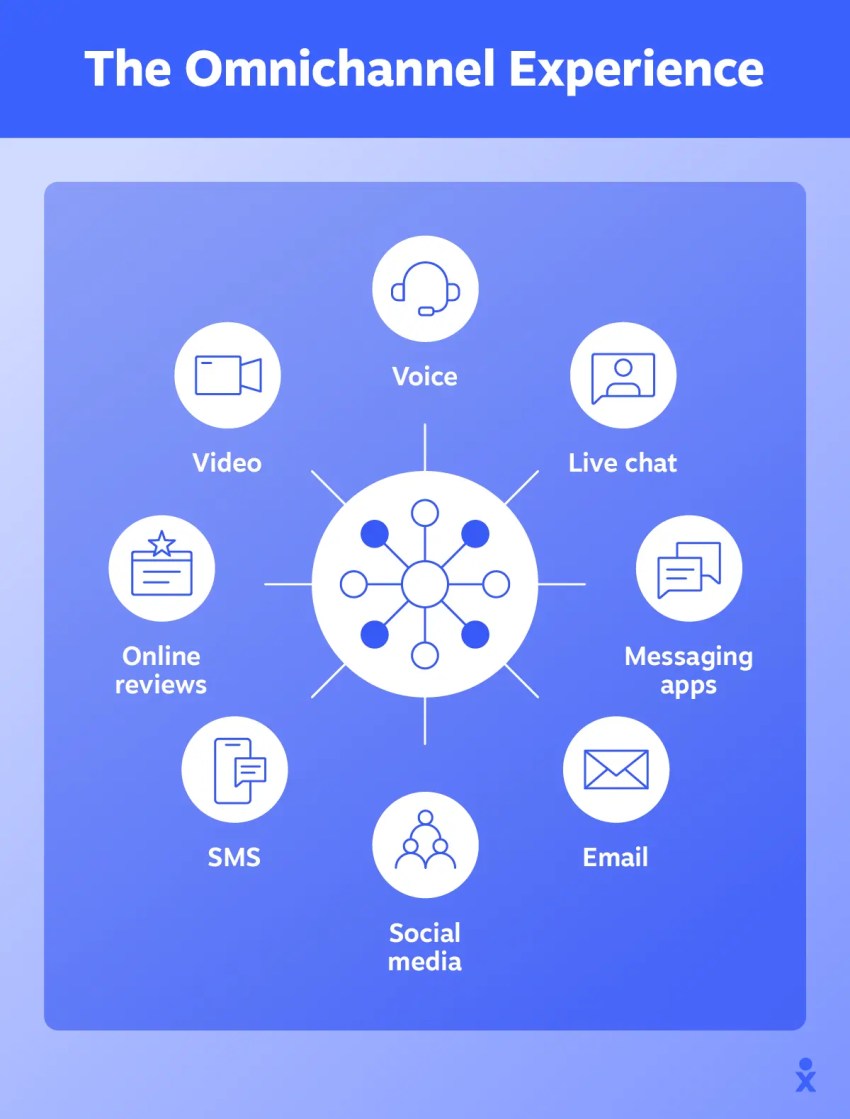
3. AI chatbots & virtual assistants
AI-powered chatbots and virtual assistants leverage natural language processing (NLP) and go beyond simple pre-programmed responses. They can understand complex questions, accurately interpret user intent, and deliver personalized answers and support.
Key capabilities include providing instant support 24/7, qualifying leads by gathering relevant information, automating appointment scheduling, offering tailored product recommendations, and proactively engaging customers based on past behavior. Automation frees human agents to focus on more intricate or sensitive issues while ensuring consistent, brand-aligned responses across all interactions.

4. Customer journey analytics
Customer journey analytics provides a visual and data-driven understanding of how customers interact with your business across all touchpoints and over time. Going beyond basic web analytics, it maps the complete customer lifecycle, from initial awareness to purchase and subsequent interactions.
This helps pinpoint areas of friction (e.g., confusing website navigation, lengthy checkout processes), understand customer motivations and drop-off points, and identify opportunities to personalize the journey and optimize for higher conversion rates and greater customer satisfaction. Data visualization tools, such as flowcharts, make complex data easily interpretable.
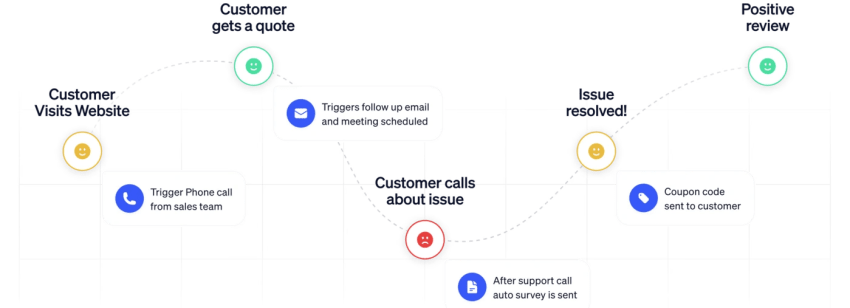
5. Voice of Customer (VoC) platforms
VoC platforms systematically gather, analyze, and facilitate action on customer feedback from multiple sources. These sources include surveys (Net Promoter Score, Customer Satisfaction, Customer Effort Score), online reviews, social media comments, customer support interactions, and in-person feedback.
VoC platforms use text analytics and sentiment analysis to extract key themes, market trends, and areas for improvement. Effective VoC programs ensure a closed-loop process, meaning that insights derived from feedback are used to implement concrete actions and drive continuous improvement in the customer experience.
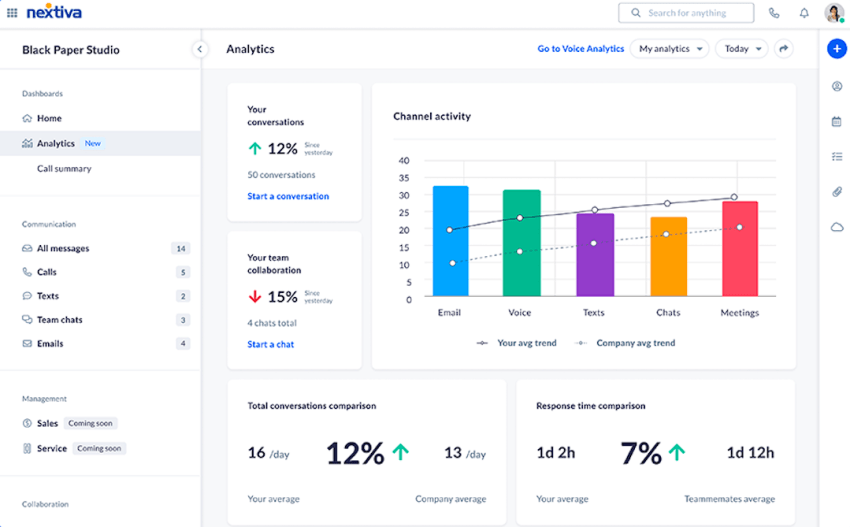
6. Cloud computing and CRM systems
Cloud communications virtualize the customer service experience, providing scalability, flexibility, and cost-effectiveness. Unlike traditional on-premise CRMs, cloud-based systems offer the scalability and flexibility of the cloud, combined with the core CRM functions of centralizing customer data, managing interactions, and personalizing communication.
This combination enables seamless omnichannel experiences, empowers remote teams, and allows for easy integration with other customer experience technologies (like marketing automation and analytics platforms). The cloud provides the infrastructure, while the CRM provides the customer-centric intelligence, creating a powerful foundation for delivering positive customer experiences.
You get improved collaboration between departments, increased agent productivity, and a complete customer view — all accessible from anywhere.
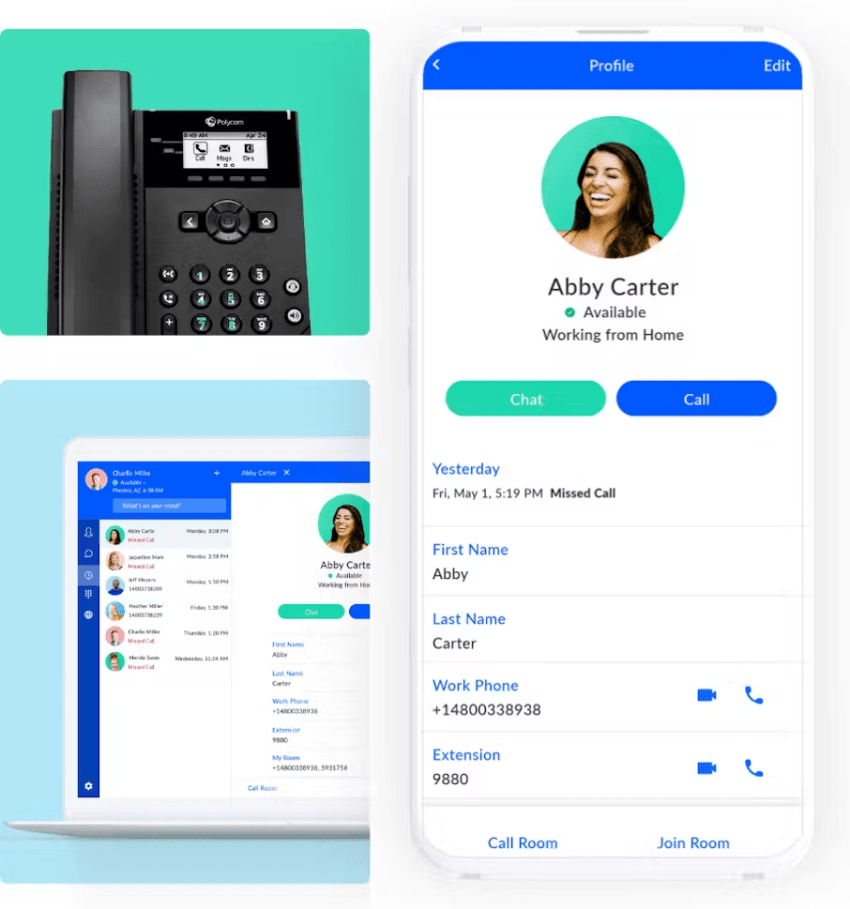
Advanced Technologies in Customer Experience
Beyond the basic customer experience technologies, several advanced technologies are pushing the boundaries of what’s possible, creating opportunities for greater engagement, greater personalization, and more efficient operations.
7. Artificial intelligence (AI)
AI in customer experience is no longer just about automation; it’s a powerful engine for predictive analytics and hyper-personalization. Machine learning and deep learning algorithms analyze massive datasets at unprecedented speeds, revealing hidden patterns and valuable insights into customer behavior. This allows businesses to move beyond reacting to customer needs and anticipate them.
For example, AI can predict customer churn, identify at-risk individuals, trigger proactive interventions, personalize offers based on browsing history and purchase history, and dynamically adjust pricing in real time. This ability to deliver relevant, timely experiences at scale fundamentally changes customer relationships.

8. Virtual and augmented reality (VR/AR)
Virtual reality and augmented reality (VR/AR) are emerging as powerful tools for enhancing customer experiences. These technologies create immersive, interactive experiences that significantly increase engagement and can strongly influence purchasing decisions.
Think of customers using AR to virtually “try on” clothing or eyewear, explore a virtual showroom for cars, or receive step-by-step visual instructions for product assembly via AR overlays. These applications provide a more engaging and informative pre-purchase experience, reducing uncertainty and increasing customer confidence. They can also enhance post-purchase support.
9. Voice recognition technology
Powered by advances in automatic speech recognition (ASR) and natural language processing, voice recognition technology simplifies and personalizes customer interactions. It provides a convenient, hands-free interface for accessing information, completing transactions, and receiving support.
The widespread use of voice assistants (Siri, Alexa, Google Assistant) has made voice interaction increasingly common. Businesses can integrate voice into various customer service channels, allowing customers to use voice commands to ask questions, make requests, or resolve issues. This improves accessibility, streamlines interactions, and provides valuable data through voice interaction analysis.

10. Sentiment analysis and voice analytics
Sentiment analysis and voice analytics tools provide deep insights into customer emotions and preferences. Sentiment analysis uses natural language processing to analyze text-based feedback (reviews, surveys, social media) and determine the underlying sentiment (positive, negative, neutral).
Voice analytics analyzes audio recordings of customer interactions (phone calls, voice assistants) to identify not just what customers are saying, but how they’re saying it — detecting tone, emotion, and even potential frustration.
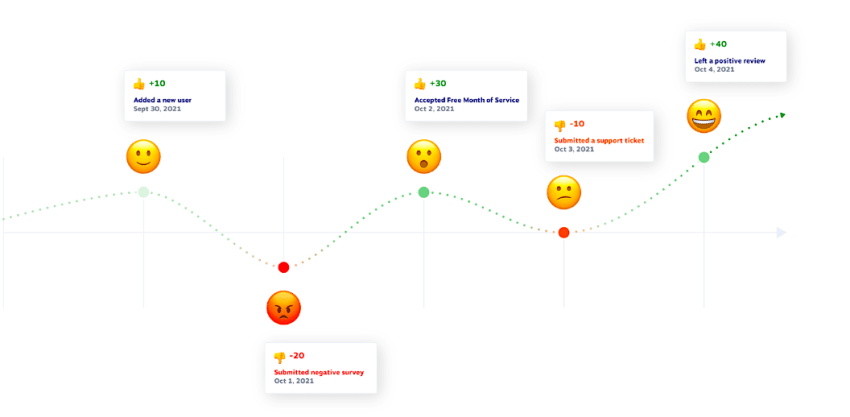
Together, these customer experience tools enable companies to identify areas where their products, services, and customer interactions need improvement. This leads to more empathetic and personalized experiences and increases customer satisfaction and loyalty. They help identify at-risk customers, uncover unmet needs, and adjust communication styles.
How To Implement CX Technology
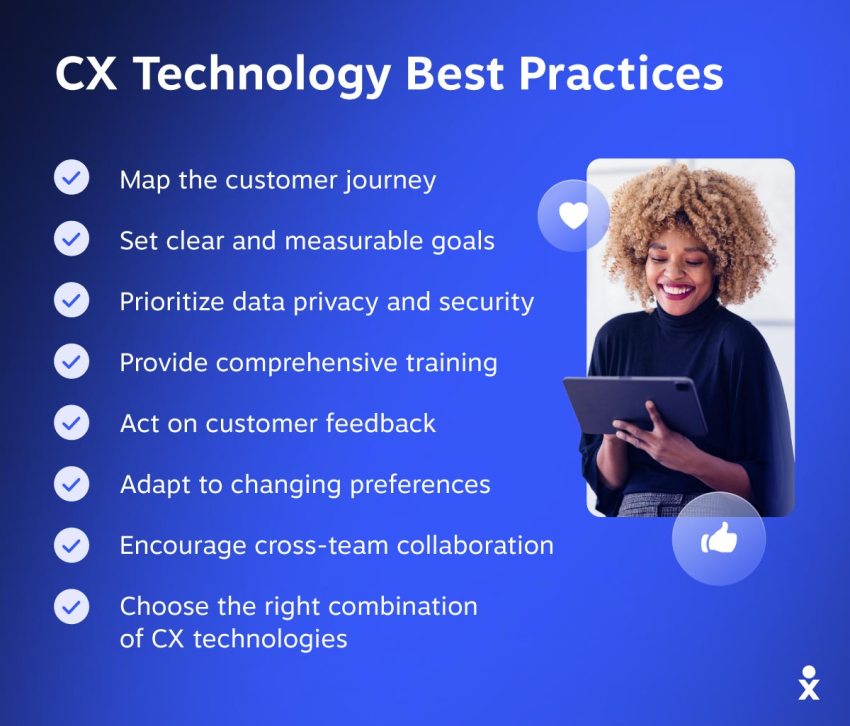
Once you’ve acquired the latest tools, it’s time to integrate customer experience technology strategically into your existing infrastructure and processes. Here’s a quick look into some implementation best practices:
- Start with the customer: Understand your customers’ needs, pain points, and desired outcomes. Conduct customer research, analyze feedback, and create customer journey maps.
- Define clear objectives: Establish specific, measurable, achievable, relevant, and time-bound (SMART) goals for your CX technology implementation. What do you want to achieve? (e.g., increase CSAT by 10%, reduce average handle time by 15%, increase customer lifetime value by 5%).
- Choose the right technology: Select unified customer experience management tools that align with your goals, integrate seamlessly with your existing systems, and meet your budget requirements. Consider factors such as scalability, ease of use, and vendor support.
- Prioritize user adoption: Provide comprehensive training and support to ensure your employees are comfortable and proficient in using the new technology. Highlight the benefits for both employees and customers.
- Data security & privacy: Implement robust security measures to protect customer data and comply with all relevant data privacy regulations (e.g., GDPR, CCPA).
- Integration is key: Ensure your new CX technology integrates with your existing CRM, marketing automation, and other business systems. Data silos can obstruct your CX initiatives.
- Phased Implementation: Consider a phased rollout, starting with a pilot customer experience program or a specific department, to minimize disruption and allow for adjustments.
- Iterate and improve: Monitor your CX efforts, gather feedback from customers and employees, and make adjustments as needed. CX is an ongoing journey, not a one-time project.
The Ultimate Customer Experience Starts With Nextiva
The path to enhanced customer experience requires the right partner and the right technology. Here’s where Nextiva comes in. Nextiva’s unified customer experience management (UCXM) platform empowers your team and delights your customers.
From seamless communication tools to insightful analytics, Nextiva equips you to build stronger customer relationships, gather valuable feedback, and improve your CX strategy.
Surprise and delight your customers!
Chat with your customers the way they prefer to communicate and work with teammates – all in a single app.
Net Promoter, Net Promoter Score, and NPS are registered trademarks of Satmetrix Systems, Inc., Bain & Company, Inc., and Fred Reichheld.
Customer Experience Technology FAQs
For more on customer experience technology, check out these frequently asked questions.
Implementing CX technology often comes with hurdles like integration complexity with existing systems, employee resistance to new tools, and data silos across departments. High implementation costs can be mitigated by prioritizing high-ROI technologies and considering cloud solutions. Balancing personalization with customer data privacy requires building privacy by design and ensuring regulatory compliance. Finally, selecting the right vendor requires thorough research.
Effective CX measurement combines quantitative data with qualitative customer feedback and should track trends over time. Typically, measure the impact through a combination of key metrics and qualitative feedback:
🔹Key metrics: Track Customer Satisfaction (CSAT), Net Promoter Score (NPS), and Customer Effort Score (CES).
🔹Operational efficiency: Measure improvements in areas like call handling time and first call resolution.
🔹Revenue impact: Analyze changes in sales and customer lifetime value (CLTV).
Customer Feedback: Collect and analyze feedback from surveys, online reviews, and social media.
Costs vary significantly based on factors like the type of technology, scale of implementation, and vendor/pricing model. Cloud-based solutions often have subscription-based pricing, while on-premise solutions may have higher upfront costs. Get customized quotes from vendors.
Prioritize vendors with industry experience, positive customer testimonials, and small-business-friendly solutions. Ensure the vendor’s solutions align with your needs and offer seamless integration and scalability. Assess their customer support, security practices, and compliance with data privacy regulations. Review pricing structures and contract terms.

















 Customer Experience
Customer Experience 











